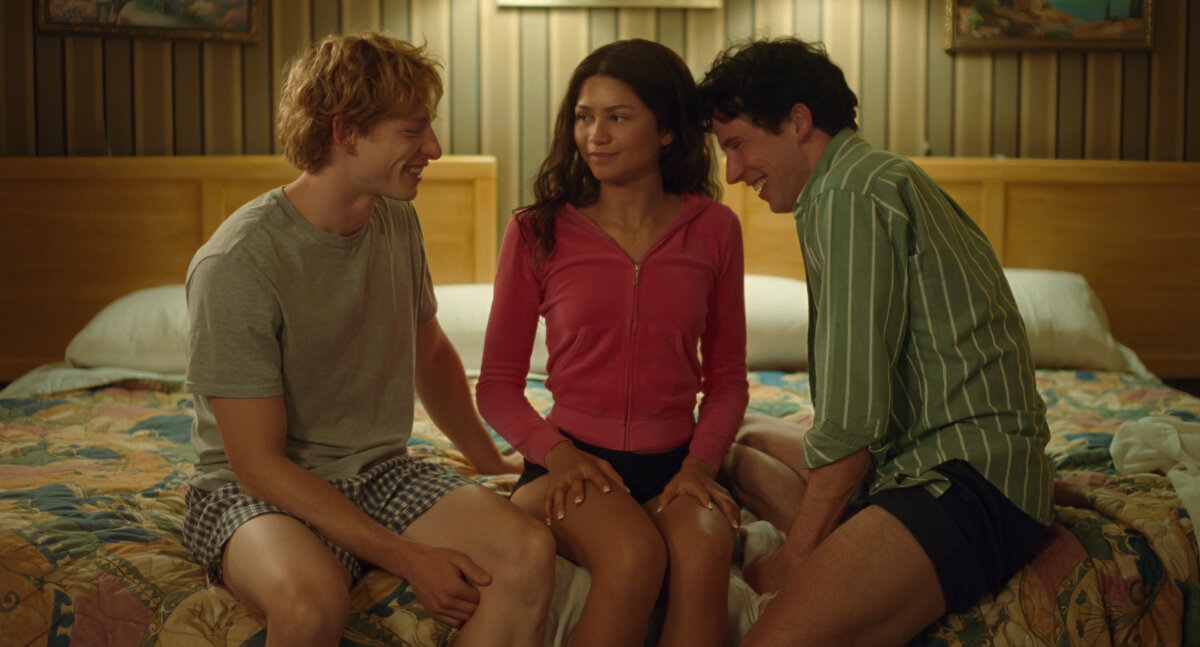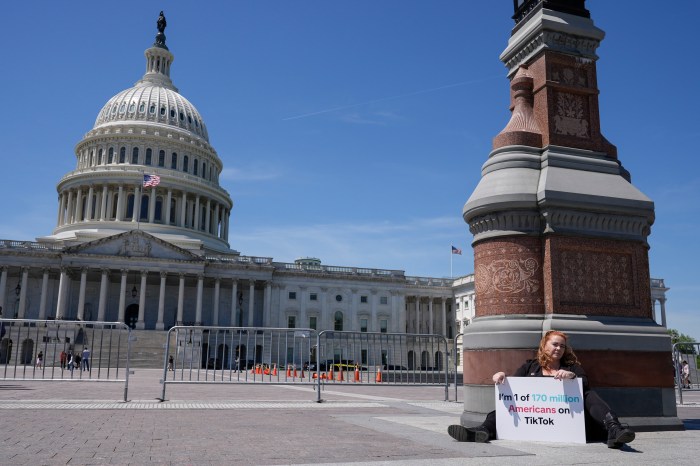‘My Brilliant Friend’ premieres Sunday at 9 p.m. on HBO.
HBO, home of white walkers and homicidal androids, is hoping its next big hit will come by way of Italy.
The lifelong friendship of two young Italian girls — Elena Greco and Raffaella “Lila” Cerullo — is the subject of the four wildly successful Neapolitan Novels by Italian author Elena Ferrante. Set in a hardscrabble neighborhood of Naples in the 1950s, the story puts the girls growing up in a world where money is the path to power and education an impediment to making money. “My Brilliant Friend,” an eight-episode adaptation of the first book of the series, premieres in the Sunday night time slot of “Game of Thrones” and “Westworld.”
Whether a subtitled Italian drama can attract a general audience remains to be seen, but based on the first six episodes, Ferrante fans will be absolutely delighted with what they see, and especially with what they hear.
The reclusive author, who writes under a pseudonym, was a screenwriter, and the adaptation is faithful to her books. Especially early on, however, the show often dwells on the violence in the neighborhood. It is integral but can be intense. This is not the impersonal brutality of a battlefield; this is domestic abuse and street fighting.
Casting is crucial when adapting beloved literary characters, and it succeeds here. In the first two episodes, the girls are in primary school, with Elena portrayed by Elisa Del Genio and Lila by Ludovica Nasti.
Early in the first episode, it is revealed that Lila, only in first grade, has taught herself to read and write. The camera pushes in on Del Genio’s large eyes, which stare at Nasti, inscrutable beneath her greasy black hair. Elena has found her rival and wants to be just like her.
The on-screen transition to adolescence is abrupt, but the casting changes are seamless, with Margherita Mazzucco as the teenage Elena and Gaia Girace as Lila. Mazzucco subtly conveys Elena’s awkwardness as she matures and Girace handles Lila’s mood swings with brio, whether blithely dancing or wielding a knife.
The brutish world is enhanced by Max Richter’s (“The Leftovers,” “Arrival”) minimalist, modern scoring and emphasized by a washed-out palette more evocative of Rembrandt than Michelangelo. Outside the neighborhood, colors come alive, particularly the lush greens and vivid blues on the island of Ischia.
But the single best thing about this adaptation is hearing Ferrante’s tale in her native language. Even the books’ fluid English translations by Ann Goldstein, a senior editor at The New Yorker, could not entirely account for times the characters spoke Neapolitan dialect as opposed to Italian, a switch governed by situation or the schooling of the speaker.
Melodious, classical Italian alongside elided, truncated dialect adds new dimensions to Ferrante’s already immersive creation. Even when young Lila and Elena are simply expressing their wonder at exploring a tunnel, their joyful shouts are nothing an English speaker would yell. They are the sounds of another world, one thrilling to inhabit.

















